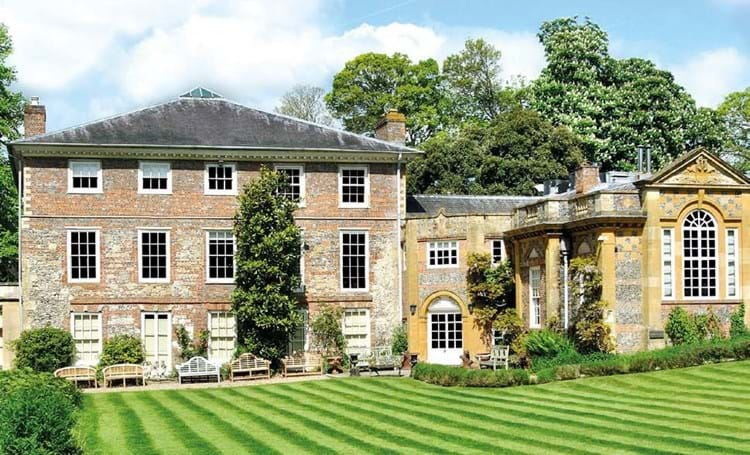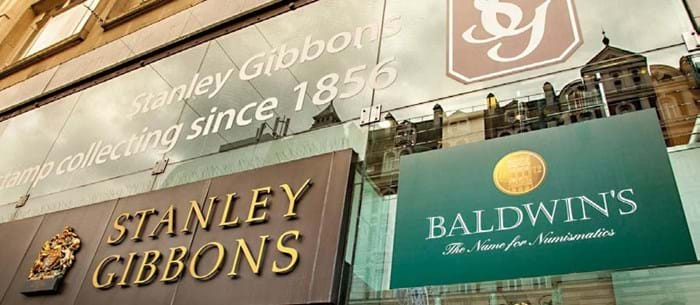Gurr Johns takeover seeks to create ‘destination of choice’ for mid-tier market
The new owner of Dreweatts is to ditch its recently introduced monthly general sale and rename the auction house Dreweatts 1759 in an attempt to revive the firm as a leading “second-tier art business”.
The Berkshire auction house was bought for £1.25m by art consultancy and valuation firm Gurr Johns from owner Stanley Gibbons Group.
Gibbons had bought Dreweatts and Bloomsbury alongside coin dealer Baldwins for £45.3m in 2013 as part of the Noble Investments deal.
Gurr Johns’ chairman and managing director Harry Smith described the decision to buy the firm as an investment opportunity and said the his company “will have no involvement in the day-to-day management of the firm… it will be run and managed completely independently”.
George Bailey, former chairman of Dreweatts parent The Fine Art Auction Group, has taken over running the auction house, with Smith assuming a place on the non-executive board.

George Bailey, who has taken over the running of Dreweatts after the auction house was bought by art consultancy and valuation firm Gurr Johns.
Bloomsbury uncertainty
The deal – that could include a maximum additional consideration of £0.4m payable over the next 24 months – also includes the brand name of book auctioneer Bloomsbury, but none of its staff nor its premises.
All staff at Bloomsbury Auctions have been served with notice of pending redundancy by Stanley Gibbons and were told the firm will cease trading after its current schedule of Maddox Street auctions, ending in December.
Bailey said: “In terms of future Bloomsbury auctions it’s too early to confirm firm plans, but we will do in due course.”
The Dreweatts business will continue to operate from Donnington Priory, the country house premises it leases near Newbury, with access to office space in a Pall Mall building previously earmarked for a shop and auction room.
Gurr Johns, which is in the same building, began discussions and due diligence to buy the firm in August. Smith told ATG that Bailey, whom he has known for 25 years, is “the ideal person to lead and grow the business”.
Dreweatts has 40 full-time staff and eight consultants. Bailey said the aim was “to create an excellent second-tier art business that serves buyers and sellers across traditional markets”. He said: “There’s never been more of an exciting time to capitalise on opportunities in the regional market.”
“An excellent second-tier art business that serves traditional markets
Stanley Gibbons had previously been in discussion with Mark Law’s Millicent Holdings to sell Dreweatts and dealership Mallett. A £2.4m deal was struck in May but fell apart after Law’s financial backer walked away. Gibbons said it is seeking a termination fee from Millicent.
Law had run Dreweatts during the summer, re-introducing general sales in Newbury. However, Bailey said the last general sale will take place on December 13, after which the room will revert to its specialist sale calendar.
‘Perfectly placed to take advantage of opportunities’
Speaking to ATG, Gurr Johns’ Harry Smith said: “The 21st century auction market continues to evolve; while there’s an increasingly intense focus on the very highest levels, where we operate as advisers and valuers, we’ve also observed huge opportunities at lower levels, particularly since the closure of Christie’s South Kensington.
“We believe George Bailey and his team are perfectly placed to take advantage of these opportunities.”

Harry Smith of art consultancy and valuation firm Gurr Johns.
Smith added that the closure of Christie’s South Kensington “highlighted a potential gap in that area of the market”.
“If a client is selling a collection and the majority of objects are worth say £1000 to £20,000, then they can’t really go to Christie’s or Sotheby’s any more.
“They might have one great painting which can go to one of the big houses, but for the huge volume of good, mid-priced material, there’s a large opportunity to create a destination of choice.”
Despite the purchase of Dreweatts, Smith said Gurr Johns will remain independent. He said the firm will continue to consign works of art to “whichever business is going to provide the greatest return”.
End for Mallett?
Mallett is not part of the new deal. The dealership – acquired by Gibbons around £9m in 2014 – has not traded for several months and its remaining stock will now be auctioned.
Gurr Johns has agreed to advance Gibbons £300,000 ahead of a sale of Mallett stock planned for November. In its recent shareholder filing, Stanley Gibbons said the sale of stock from the ‘Interiors division’, which comprised Dreweatts, Bloomsbury and Mallet, would result in a loss of £4.1m.
Troubled times at Stanley Gibbons
With the sale of Dreweatts and Bloomsbury for £1.25m the difficulties for Stanley Gibbons continue.
The firm has been restructuring since Harry Wilson took over as chairman in May 2016. In last week’s full-year results he admitted “as work progressed it became clear that the problems identified were deeper than initially thought and new issues were uncovered”. The group is currently in default on its bank facilities – debt is at £16.5m – and reported a 48% reduction in net assets to £18m.
Turnover of £42.5m was 28% lower than last year with trading losses sitting at £8.8m, compared with £3.9m in the previous year. Much of the strife was attributable to the ‘Interiors division’, but trading performance declined in all divisions with Baldwin’s seeing sales to March 31, 2017, drop year-on-year from £8.21m to £4.97m.

















